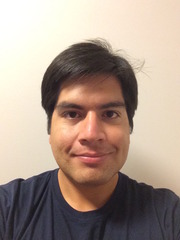Sidebar
Events Calendar
Following the Cosmic Trail of Star Formation

Our description of how molecular clouds transform their gas into stars depends on the physical scales considered in the analysis. On one hand, we have the detailed exploration of the individual star-forming clouds in the Milky Way. Most of our understanding of the key physical processes involved in the creation of a molecular clouds, their subsequent fragmentation into smaller and denser structures, and finally the birth of clusters and individual stars has come from the detailed analysis of individual Galactic star-forming regions. On the other hand, studies in nearby galaxies have focused mainly on the integrated star formation over regions commonly larger than 100 parsecs or, even, over the entire galactic disk. The large-scale integrated quantities describing star formation and the feedback processes that it exerts on the surrounding gas are most relevant to the formation and evolution of galaxies as a whole. In this talk I will discuss the efforts currently being made to find the connection between the processes that trigger and regulate the star formation at large scales with those playing an important role within individual clouds. Additionally, I will discuss some of the observational techniques I use to study the physical properties of the interstellar medium in the Milky Way and nearby galaxies using Australian telescopes.
About Dr David Rebolledo Lara
I received my Doctorate in Astronomy from the University of Illinois at Urbana-Champaign, USA. I am currently working as a Postdoctoral Research Associate at the University of Sydney and as a Postdoctoral Research Visitor at the University of New South Wales. My research interest has focused primarily on the study of the interstellar medium and its relation to the star formation in nearby galaxies and in the Milky way. I primarily use radio telescopes to observe the radio emission emitted by the cold gas and dust in dense molecular clouds, which are the places where the new stars form.
